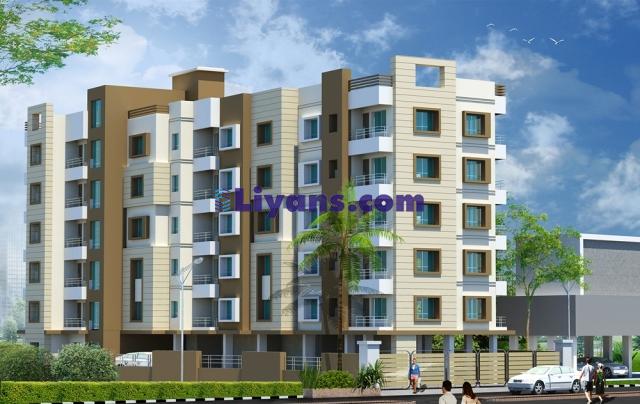Political uncertainty, liquidity issues, high interest rates and cautious sentiments are expected to underpin the real estate sector during the year.
One of the primary concerns for the real estate sector in the coming year is very clearly this: Will the much talked-about asset bubble inflate further or will it burst?
2013 was mired in existing challenges such as subdued sales, piles of unsold inventory and builders going bankrupt. These problems will continue in 2014 as well, and, given economic instability, matters could become worse. However, it is very difficult to forecast anything in India as the real estate market is not subject to a fixed pattern. A great degree of political uncertainty, liquidity issues, high interest rates and cautious sentiments are expected to underpin the real estate sector in 2014 too. The only positive energy in this sluggish sector springs from the fact that the sales, though slow, are not stagnant.

It is an established fact that the real estate bubble in the developed world is a creation of the central banks strategy of keeping interest rates at a very low level. This excess money has also trickled into the real estate markets of emerging economies as overseas investors began to look for alternate investment avenues.
While the cause might be the same at home, the movement of capital across the various geographies in India needs serious analysis. Let us look at each of the significant markets to understand the creation of the asset bubble.
The MMR (Mumbai Metropolitan Region) market has a characteristic of its own (see MMR graph). There is huge latent demand but exorbitant prices make property unaffordable for most buyers. The price level here is way above the average price level of India but the annual acceleration is not very steep; in fact, it has been almost stagnant for quite some time. The realty cycle in MMR follows a long drawn pattern and has a low theta (angle of correction). The graph illustrates that the annual price growth post the 2008 meltdown touched 48 percent owing to substantial money coming into the MMR markets and then, after peaking at 54 percent in the second quarter of financial year (FY) 2010-11, the bubble started deflating.
After that, the MMR market with sky-high price levels and declining sales velocity was considered an unproductive arena and the funds inflow reduced. By sales velocity, we mean the ratio between monthly sales and total supply. The price rise after this, though persistent, has been comparatively slow. It is also interesting to note that even after a slow growth rate of prices, the pace of offtake has been slowing.
NCR (National Capital Region, which includes New Delhi), on the other hand, is an entirely investor-driven market. A lot of property in kolkata is being sold in sectors which may remain uninhabitable for a long time. The price rise post FY 2010-11 continued to be sharp and persists even today. After touching the threshold of 27 percent year-on-year in the second quarter of FY 2012-13, the growth rate has started to peter out. One can already see the correction in the secondary market in NCR. The situation indicates that the existing bubble in tier-I markets like NCR and MMR are at the threshold of bursting. Owing to the high level of unsold stock in these markets, the prices might soon begin to tip off.
Source: forbesindia.com